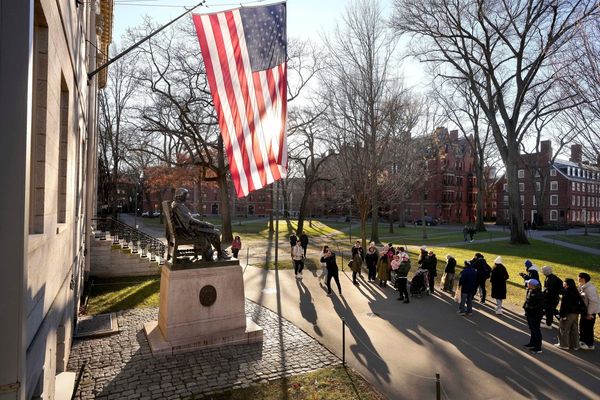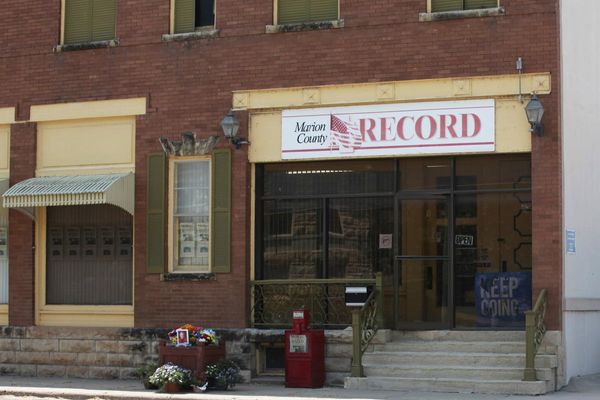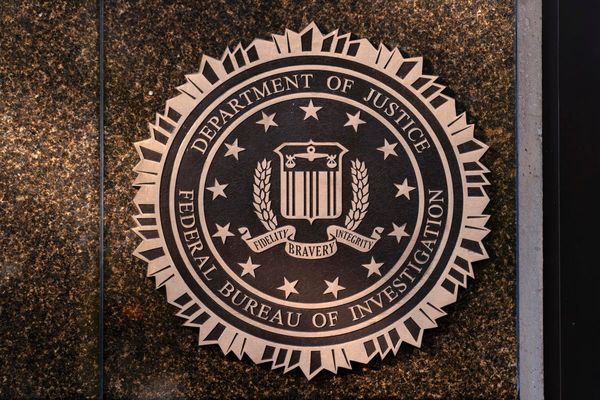
The US navy has announced that the USS Gerald R Ford, regarded as the world’s newest and largest aircraft carrier, has entered the area of responsibility of the US Southern Command, which covers Latin America and the Caribbean.
The deployment of the ship and the strike group it leads – which includes dozens of aircraft and destroyer ships – had been announced nearly three weeks ago, and its arrival marks an escalation in the military buildup between the US and Venezuela.
The regime of the Venezuelan president, Nicolás Maduro, meanwhile, announced what it called a “massive deployment” of land, sea, air, river and missile forces, as well as civilian militia, to counter the US naval presence off its coast.
The US carrier joins other warships, a nuclear-powered submarine and aircraft based in Puerto Rico, forming the largest US military presence in the region in decades – seen as the biggest since the invasion of Panama in 1989.
Donald Trump has sought to justify the massive military buildup as part of his “war on drugs”, targeting traffickers allegedly smuggling narcotics through Caribbean and Pacific waters. That campaign has included airstrikes on boats that have so far killed at least 76 people in South American waters since September.
Sean Parnell, the chief Pentagon spokesperson, said in a statement released by the US navy that the arrival of the USS Gerald R Ford, with “more than 4,000 sailors and dozens of tactical aircraft aboard”, will “bolster US capacity to detect, monitor, and disrupt illicit actors and activities” in the region.
“These forces will enhance and augment existing capabilities to disrupt narcotics trafficking and degrade and dismantle transnational criminal organisations,” he added.
Many analysts see the attacks on boats and the growing military buildup as a way to pressure Maduro to step down after stealing last year’s election.
Maduro has accused the US of “fabricating a new war” and said the naval deployment represents “the greatest threat our continent has faced in the past 100 years”.
On Tuesday, before the US navy confirmed the carrier’s arrival, the Venezuelan regime announced a new phase of its military deployment against what it called the US “imperial threats”, with state television broadcasting footage of military leaders giving speeches across several states.
On Sunday, at the close of the Community of Latin American and Caribbean States (Celac) summit in Colombia, a joint declaration signed by 58 of the 60 nations present rejected “the use or threat of use of force and any action not in accordance with international law and the Charter of the United Nations” – without making any direct reference to the US.
Venezuela and Nicaragua were the only countries not to sign the declaration, but Maduro’s regime had reportedly expected a stronger condemnation of the US.
Brazil’s president, Luiz Inácio Lula da Silva, who is negotiating a deal with Trump to cut tariffs on Brazilian imports by more than 50%, also avoided any direct mention of Washington.
He said: “We are a zone of peace. We don’t need war here. The problem in Venezuela is a political one, and it must be resolved through politics.”







